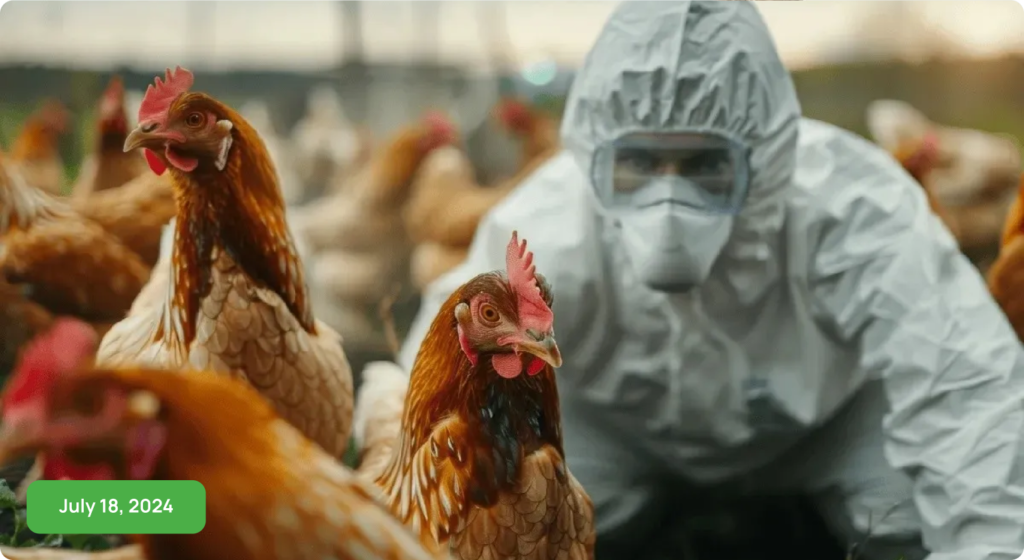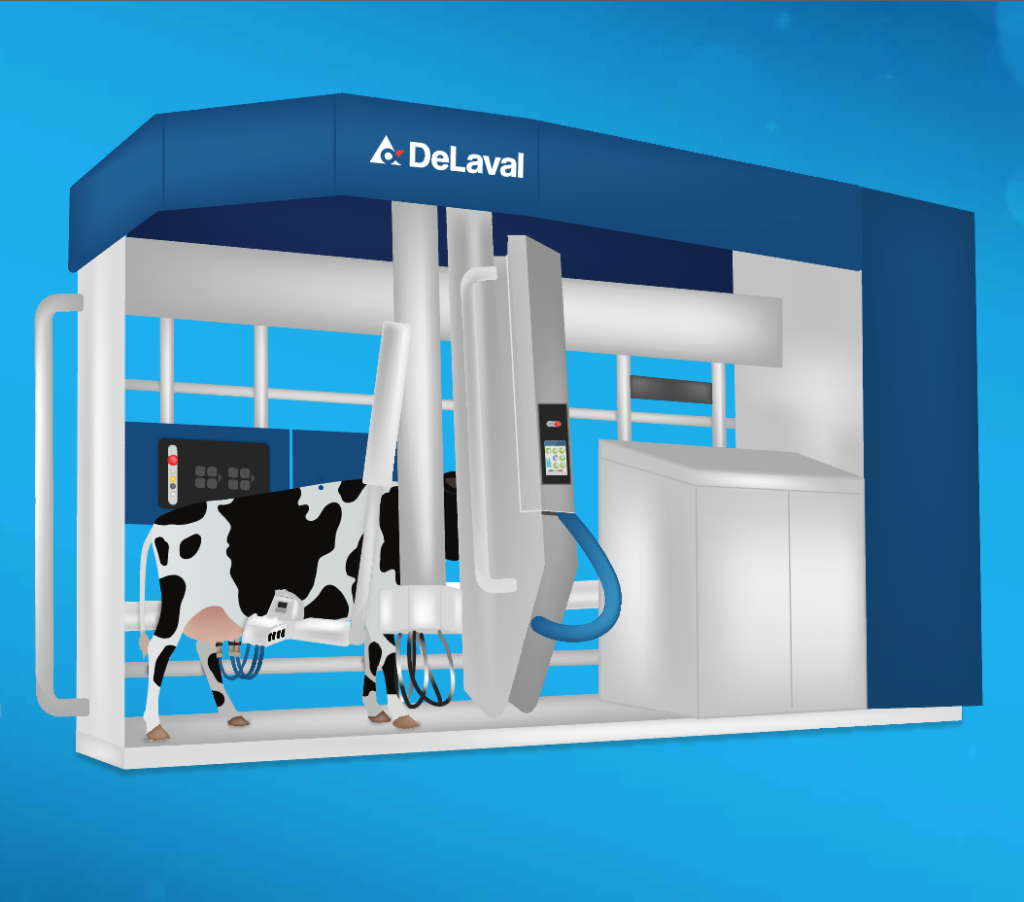
News / Home

November 15, 2024
In Spring 2024, U.S. dairy farmers began noticing a decline in milk production, and what seemed like a minor anomaly quickly turned into a nationwide concern. The culprit? Avian flu, a virus traditionally known to affect birds, had unexpectedly crossed over to cattle. Initially detected in dairy herds in Texas, the virus soon spread to other states, including recently California and Wyoming [1]. Documented as of Nov 15, 2024, there are 549 confirmed outbreaks across 15 U.S. states [Fig. 1]. Additionally, 30 human cases of avian flu have been reported, with most of them (26) identified in California. All cases presented mild symptoms, such as conjunctivitis and fatigue, and none required hospitalization [1] [2].
While the mortality rate of cattle remains low (around 2%), many cows have exhibited respiratory distress and reduced milk yield [3]. After different tests, the U.S. Department of Agriculture (USDA) confirmed that pasteurization neutralizes the virus, ensuring the safety of dairy products [4]. Thus, organic and conventional milk prices are relatively stable [5].

While the mortality rate of cattle reimains low (around 2%), many cows have exhibited respiratory distress and reduced
milk yield.



Fig 1. – Total Avian Flu Cases by State in 2024
Source: The authors created the map and table using data from [1] updated on 11/15/2024.
However, dairy farmers now face increased production costs such as quarantine costs and disposal of milk from sick animals, enhanced safety measures, and increased management and labor hours. Preliminary estimates suggest that a single cow testing positive for avian flu–which must be quarantined for 30 days–can result in a loss of approximately $483 per cow due to a loss in milk production [6]. If multiple cows are affected, these losses can escalate, reducing the profitability of dairy operations. The USDA is offering financial aid to producers in an effort to alleviate some of these burdens and motivate them to maintain farm safety measures [7].
For more information
[6] Garcia-Covarrubias, L., Peña-Lévano, L., Pinto, A. & Pereira, R. V. The unexpected battle against avian flu in U.S. dairy. Choices Magazine (forthcoming, 2024).
Últimas Publicaciones


By: Fernando García Cov.


By: Fernando García Cov.


By: Fernando García Cov.
Tags
virus
hen
flu
economic
Reels
The Unexpected Battle Against
Avian Flu in U.S. Dairy
Keep watching

